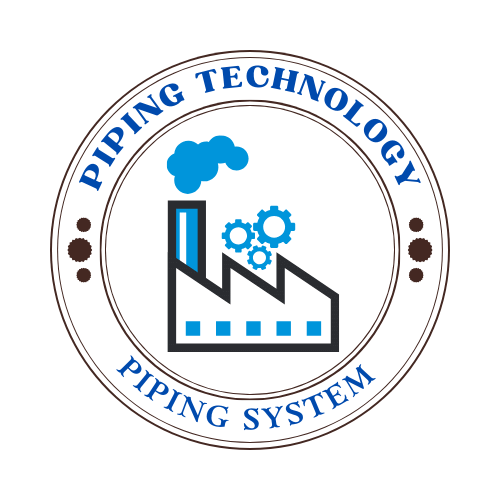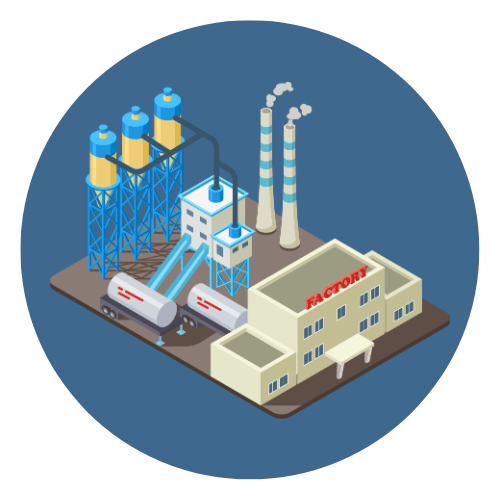In the quest for more energy-efficient and environmentally friendly heating and cooling systems, the gas absorption heat pump has emerged as a compelling solution. Unlike traditional electric heat pumps that rely solely on electrical energy to drive a mechanical compressor, gas absorption heat pumps (GAHPs) use a thermodynamic cycle powered primarily by natural gas or other gaseous fuels. This technology provides an innovative way to reduce electricity consumption while delivering effective thermal comfort across a variety of settings.
A gas absorption heat pump operates by utilizing heat from a gas burner to drive the refrigeration cycle, using an absorbent-refrigerant pair—typically ammonia and water or lithium bromide and water. The system replaces the electric compressor with an absorber, generator, and solution pump, which work together to move heat rather than mechanically compress it. This process allows the system to achieve heating efficiencies greater than 100%, sometimes reaching up to 140%, by extracting and amplifying heat from ambient sources such as the air, water, or ground.
This type of heat pump is gaining attention particularly in residential, commercial, and industrial sectors that seek to reduce energy costs and greenhouse gas emissions. By tapping into a fuel source that is often cheaper and more readily available than electricity in many regions, gas absorption heat pumps present an economically and ecologically sustainable alternative.
The significance of this technology is further amplified in areas where the electric grid is under stress, or where a reduction in peak electricity demand is necessary. Additionally, GAHPs are increasingly being integrated into renewable energy systems and energy-efficient building designs due to their compatibility with hybrid and solar-thermal systems.
As nations worldwide work toward net-zero carbon targets and improved building efficiency standards, gas absorption heat pumps are poised to play a key role in the transformation of HVAC systems. The following sections will explore in-depth how these systems work, their benefits, applications, and future prospects in the energy landscape.
What Is a Gas Absorption Heat Pump?

A gas absorption heat pump is a highly efficient heating and cooling system that uses a thermal-driven cycle, powered by natural gas, propane, or biogas, instead of electricity to operate its core functions. Unlike conventional electric heat pumps that rely on a mechanical compressor, a gas absorption heat pump uses a chemical absorption process involving a refrigerant and an absorbent (commonly ammonia-water or lithium bromide-water pairs) to move heat.
Key Features of Gas Absorption Heat Pumps:
-
Energy-efficient (COP of 1.3–1.8)
-
Low electricity usage compared to electric heat pumps
-
Works well in cold climates
-
Uses natural refrigerants, reducing environmental impact
-
Ideal for large residential, commercial, and industrial applications


 Automation System
Automation System  Energy Engineeing
Energy Engineeing  Instrumentation System
Instrumentation System  Mechanical Engineeing
Mechanical Engineeing  Piping Technologies
Piping Technologies  Transportations
Transportations  Manufacturing
Manufacturing  Training Material
Training Material 











